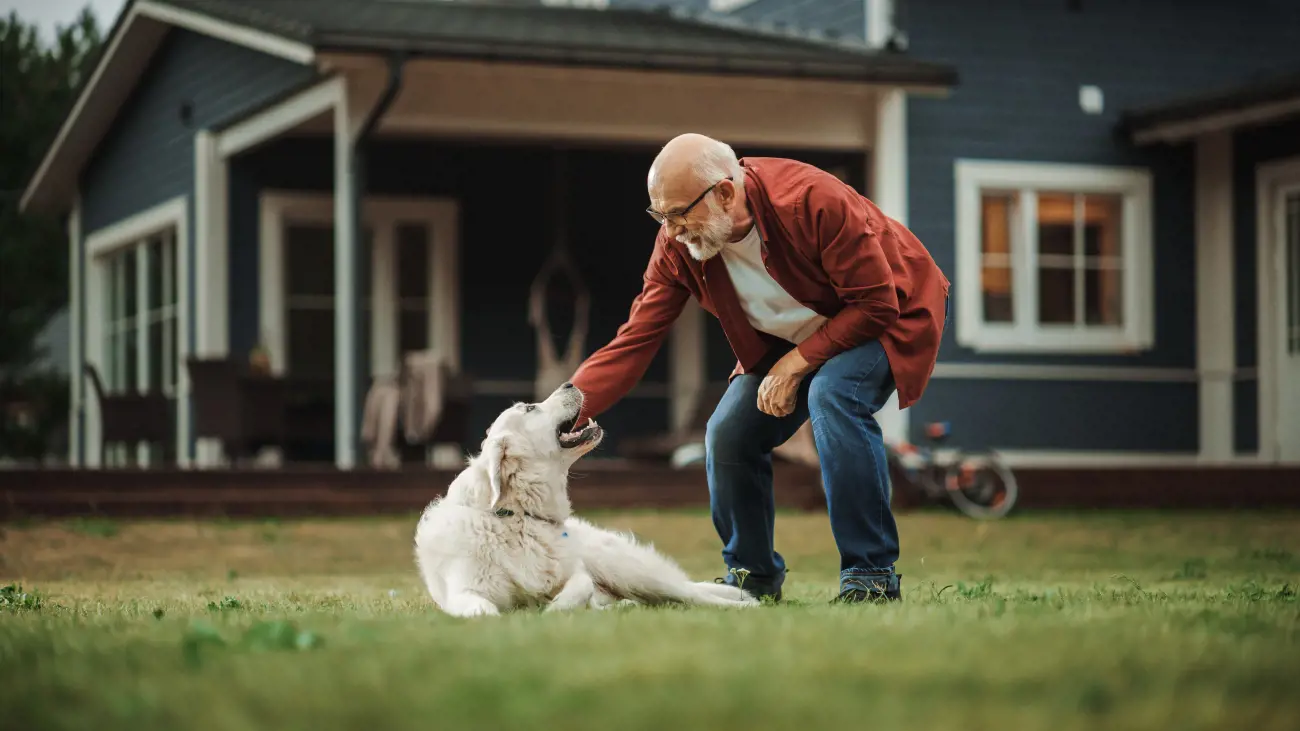How to keep dogs cool - 25 ways that you may not have thought about
20th June, 2024
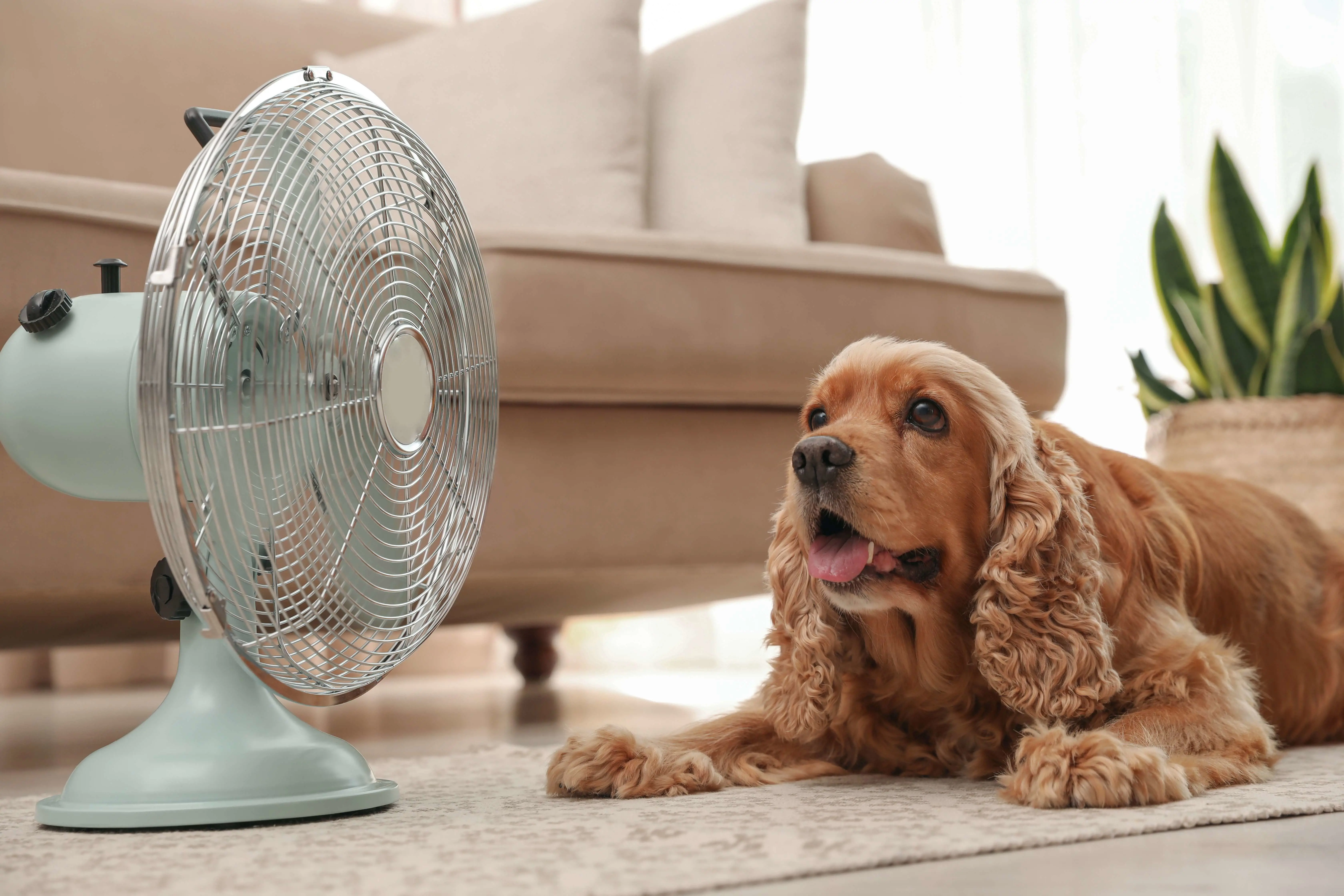
When the summer arrives dogs not only feel hot and bothered, but they’re also at higher risk of heatstroke. Keeping them as cool as possible during the warmer months is vital to keeping them safe.
Provide plenty of fresh drinking water
Water is essential for your dog all year round, especially on a hot day. If you're out and about with your dog, make sure you always have a bottle of water and a bowl for them to drink from.
Stay hydrated
Ensure pets always have access to shade and fresh drinking water to help keep them cool.
Best dog water bowls for your house
Your dog’s dish is among their most prized possessions. They identify it with the dog food that they love, and they look to you every day to fill it up.
- Look for a bowl that will resist tipping over and is easy to clean. Separate bowls for food and water will help keep your dog's feeding area tidy. You may want to buy a smaller bowl when your dog is a puppy, and upgrade to larger ones as they grow and need more food.
- Above all, pay attention to what your dog needs. Take cues from their eating habits. If they’re constantly tipping the dish over to get to their food, their bowl may be too small. If they have to move around to get to their food, it may be too big. Every dog is different, and every dog needs a dish.
Avoid the midday heat
Dogs usually need daily exercise to stay stimulated, but a walk in the strong midday sun can be dangerous.
Walking and other energetic activities, such as ball play and running with your dog, can put them at risk of heatstroke. A gentle walk in woodland or forest provides more shade and is safer than playing in the park.
Alternatively, you can go for a walk to a swimming spot such as a stream to give your dog an opportunity to cool off.
On walks in the heat, you may also risk their paw pads getting burnt. As a general rule, if the ground is too hot for your hand, it’s too hot for your dog’s feet.
Make sure to walk your dog at cooler times of the day – such as first thing in the morning – to avoid the hottest temperatures.
At night, the humidity may increase – check the forecasted temperature before you head out on an evening walk.
Circulate cool air
Place a fan near your dog’s favourite resting spot – just make sure they can avoid the breeze if they choose
Keeping your dog cool during walks on hot days
- Plan your walkies - Walk your dog in the early morning or late in the evening when temperatures are cooler.
- Do the five-second tarmac test - Tarmac can get very hot in the sun and could burn your dog’s paws. Check the pavement with your hand before letting your dog walk on it – hold your hand down for five seconds, if it's too hot for you, then we recommend walking your dog later when it’s cooled down to avoid burning their paws.
- Familiarise yourself with signs of heatstroke and cooling first aid - The ability to identify if your dog is overheating and knowing how to administer cooling first aid could be lifesaving.
Never leave your dog in a parked car
Never leave dogs in hot cars, conservatories, outbuildings, or caravans on a warm day (even if only for a short while).
When it's 22°C outside, temperatures can quickly rise to 47°C (117°F) in these environments, which can be fatal.
Take frequent breaks to help your dog cool down
In temperatures above 20 degrees Celsius, you may need to limit exercise altogether.
Even temperatures cooler than this can still affect overweight or flat-nosed (brachycephalic) breeds.
Many dogs will want to rest just like we do, so give them plenty of space and avoid over-excitement.
If your dog is restless or bored, try some treat puzzles, brain games, or refresh their basic training. This can keep their brain stimulated without increasing their body temperature.
An ice pack, cooling mat or wet towel to lay on
Your dog may gravitate towards cool surfaces when they feel hot.
There are a range of specially designed cooling mats available to buy.
These are especially useful if you do not have any cold or stone surfaces in your home.
Some of these mats work best when cooled in the freezer, while others have self-cooling technology.
You can also use freezer blocks or packs, or even a frozen bottle of water, wrapped in a tea towel or blanket.
Placing this in your dog’s bed will have a similar effect at a more affordable price.
Keeping your dog cool in the car and on long journeys
Warm weather offers the tempting opportunity to get out and about with your four-legged friend, but don’t forget that a warm day for us is even hotter in a fur coat! Whether you’re taking them to visit family, road-tripping for a holiday, or visiting the vets, it’s important to be prepared for hot weather and think ahead about travelling safely and beating the heat.
Here are our top tips when travelling with your pet during the warmer months:
- Never leave your pet alone in the car – remember, not long is too long.
- Travel in the early morning or late evening: These tend to be the coolest times of day so will make the journey easier on your pet.
- Take plenty of water: Make sure you offer water to your pet regularly throughout your journey. You could try a non-spill water bowl, so your pet has access to water for the whole trip.
- Check the temperature in the back of the car: Although most cars have great air conditioning for the front seats, the back seat or boot can heat up very quickly and become dangerously warm for your pet, especially if they are in a carrier with less airflow. If it’s getting warm, open the windows, adjust the fans so that they are facing into the back seat and make sure you remove the parcel shelf – use a pet carrier or boot guard to keep your pet secure instead.
- Use cooling aids: Providing your pet with a cooling mat to lie on during the journey, can help keep them nice and cool.
- Stop regularly to check your pet: If they’re starting to breathe heavily or look warm, stop for a while, and let them cool and calm down. If you’re travelling with your dog, try to plan a few stops for short walks out of the sun or visit a dog friendly café for lunch along the way, to keep the journey fun.
- Try to minimize the time in the car: If you’re going to an appointment, try to arrive at the right time so you won’t be waiting in the car too long. If you know there’s often a lot of traffic, try to leave at a different time and avoid busy roads so the journey is as quick as possible. Small changes can make a big difference to your pet, especially as the temperature in the car tends to rise if you’re stuck in a traffic jam in the sun!
- Keep the car cool: When you park, take your pet out of the car as soon as possible, and try to leave your car in the shade. Consider using towels or a sunshade to cover the windows and block direct sunlight, keeping the car cooler for you and your pet when you get back in. If you’re waiting in the car with your pet, open the windows on the shady side and put on the air conditioning to keep you both cool.
Provide shady spots
If your garden lacks natural shady trees, then you can make artificial shade by putting up some outdoor umbrellas or even install an awning/gazebo.
Signs your dog needs a break or is too hot
As a dog’s temperature rises, blood rushes to the surfaces of the tongue, gums, and membranes to help transfer excess heat.
Clear warning signs of overheating in dogs include frantic panting, extreme salivation, bright-red membranes, and laboured breathing.
An overheated dog may gasp for air, and the entire mouth will become greyish to purple because of the unmet oxygen demand. As the dog becomes dehydrated, their saliva thickens, and the dog may vomit and have diarrhoea.
Unable to stand, the dog might even have a seizure, become comatose, and die.
Even if you can cool down the dog and they’re acting normally, rush them to an emergency vet because their organs may have already been damaged and death could follow.
Know the signs of heatstroke in dogs
Dogs suffer with heatstroke when they overheat.
Heatstroke develops when a dog can't reduce their body temperature and it can be fatal.
This can happen not just when it’s hot but also in warm temperatures.
It is important to know how to avoid it and be aware of the signs as it requires urgent veterinary treatment.
Any dog can develop heatstroke, but overweight, young, elderly, flat-faced, giant-breed, and thick-coated dogs are particularly at risk, even from just sitting out in hot weather.
Signs of heatstroke include
- Heavy panting
- Lethargy
- Confusion or loss of coordination
- Drooling or foaming at the mouth
- Vomiting or diarrhoea
- Shaking or weakness
- Seizures
Use an elevated or cooling bed
Using an elevated or cooling bed during the hot weather can help your dog in many ways:
- Temperature Regulation: Elevated beds allow air to circulate underneath, keeping your dog cooler
- Comfort: The cool surface of a cooling bed can help your dog relax and rest more comfortably. Elevated beds can also help keep your pet off hot surfaces like pavement or grass, reducing the risk of potential burns
Apply dog friendly Suncream
Does your dog have a pink nose or ears, or patches of white hair? If so, you need know about the risk posed by sun damage.
Certain dog breeds are prone to sun-induced diseases or conditions. They include:
- Dalmatians
- Greyhounds
- Whippets
- Bulldogs
- Boxers
If your dog is short coated, even places such as the body or legs that have fur are at risk. It’s all a matter of how long they spend outside and how fierce the sun is.
No human sunscreens are approved for use in dogs and cats, but most veterinary dermatologists recommend a baby-safe, spray-on sunscreen for pets at risk.
Sunscreens themselves are not irritating to the skin of dogs and cats. It’s the licking that’s the problem. Ingredients in many sunscreens break down to salicylic acid (aspirin), which is toxic to cats. Don’t use zinc oxide products either on animals — zinc is toxic if ingested.
How to Use a Dog-Safe Sunscreen
- Simply mist it all over the dog and then distract them with a toy while it dries.
- Reapply after swimming or every 4–6 hours, whichever is sooner.
Why is it important to keep your dog cool in summer?
Getting too hot can be really risky for our four-legged friends. They can’t sweat (except through their paws), so they rely on panting as their main way to get rid of heat.
Panting is less efficient than sweating, especially when it is humid.
Heat related illness is sometimes called ‘heat stress’, ‘heat exhaustion’ or ‘heatstroke’ - these terms describe increasing severity of heat related illness.
You might think it’s only a problem in the summer months or during warm weather, but dogs can overheat at any temperature, and any time of year including during winter.
In fact, exercise is the main trigger.
A recent study found that nearly 75% of cases of heat-related illness in UK dogs were because of exertion.
And 67.5% of cases were just from walking only, so even moderate exercise can cause dogs to overheat.
Source: Dog's Trust
Frozen dog treat ideas
Offer cooling treats, such as ice licks, refreshing smoothies and frozen Kong recipes
How do dogs cool down
Have you ever wondered how dogs regulate their body temperature. In this step-by-step explanation, we’ll take a closer look at how dogs maintain their core temperature.
Step 1: Panting
One of the most well-known ways that dogs regulate their body temperature is through panting.
When a dog pants, it helps to evaporate moisture from its tongue and respiratory tract, which cools down the blood flowing in those areas.
This results in an overall decrease in body temperature.
Step 2: Sweating
Believe it or not, dogs do sweat! But unlike humans who produce sweat all over our bodies from glands scattered throughout the skin’s pores- dogs only produce sweat on specific parts of their body such as paw pads and nose area, as the sweat evaporates heat is dispersed out from these areas, keeping them cooler.
Step 3: Seeking Shade
Dogs instinctively know when to seek shelter away from direct sunlight to avoid overheating during hotter days, so finding a nice shady spot under some trees would be ideal for them.
Step 4: Shedding Coat
In summer months or usually hot environments when temperatures rise above what is normal, shedding can actually help keep your pooch cool by removing excess hair on its body area where hot air could accumulate due hair thickness- thus allowing better circulation of air around its skin surface leading to a cooling effect.
Step 5: Drinking Water
Drinking water helps keep internal organs healthy but also plays an important role regulating overall body temperature. A dehydrated dog will struggle significantly harder with high temps than a properly hydrated one.
Exercise at cooler times of the day
Walk your dog in the early morning or late in the evening when temperatures are cooler.
This will reduce their risk of heatstroke. Be particularly careful if your dog is old, overweight, suffers from breathing difficulties or is a flat faced breed like Pugs, French Bulldogs or English Bulldog
Provide shade to keep dogs cool in the summer
When in the garden, ensure your dog has a shaded space to keep them out of the sun
Heatstroke in dogs
Any dog can develop heatstroke, but some dogs, such as dogs that are large, energetic, overweight, have a thick coat or flat-faced, are more at risk than others.
Heatstroke can occur at any time of the year, but often happens when people walk their dogs on hot summer days.
It is important that owners know the signs of heatstroke (heavy panting, tiredness, and dribbling) and should urgently contact their vet if they think their dog is affected. 1 in 7 dogs treated by vets for heatstroke die.
To give a dog with heatstroke the best chance of survival they need to be cooled down immediately and taken to a vet as soon as possible.
What is heatstroke?
Heatstroke happens when a dog’s body can’t cope with an internal rise in temperature.
Dogs are not as good at dealing with high temperatures as us and can only sweat to cool down on areas not covered by fur, such as their paws and nose.
When they are hot, dogs mostly cool down by panting, but sometimes this just isn’t enough.
As their body temperature rises it damages their tissues and organs, making them unwell. In severe cases, heatstroke can cause their organs to fail and can lead to death.
What causes heatstroke?
Heatstroke can be caused by a dog’s environment being too hot or by their muscles generating too much heat from exercise, or a mix of the two.
- Dogs are more at risk of developing heatstroke if they are without water, a good airflow or shade.
- Research has found that the common causes of heatstroke include:
- Over-exercising, or exercising on hot days (around 75% of cases)
- Not being able to cope in hot weather (around 13% of cases)
- Being in a hot vehicle (around 5% of cases)
- Being in a hot building (around 3% of cases)
Heatstroke most often occurs between May and August when the weather is warmer, but heatstroke from over-exercising can occur throughout the year.
In very hot weather, even gentle exercise can lead to heatstroke, with nearly 70% of dogs with exercise induced heatstroke becoming unwell after just going for a walk on a hot day.
Dogs that are not acclimatised to hot weather, such as during a heatwave, or those that have travelled from a cooler location to a warmer one, are more likely to be affected.
What are the signs of heatstroke?
Dogs usually keep their body temperature at around 37-39°C, but as their internal temperature rises, particularly above 41°C, they start to show signs of heatstroke.
The hotter the dog becomes and the longer their temperature stays high, the more damaged their tissue and organs become.
Signs of heatstroke can progress quickly and can include:
- Heavy panting, even when not exercising
- Breathing problems, particularly in flat-faced dogs
- Tiredness
- Stiffness or an unwillingness to move
- Dribbling
- Confusion
- Being sick, can be bloody
- Upset stomach, can be bloody
- Not walking in a straight line
- Collapse
- Fitting
If you think your dog may have heatstroke it is vital that you immediately contact your vet while cooling them down.
Getting early advice and treatment is essential to saving a dog’s life.
Research has found that in the UK, although 1 in 7 dogs that are taken to vets with heatstroke die, 98% that are seen early with mild signs are likely to survive.
How can I help treat a dog with heatstroke?
Any dog with heatstroke should be seen by a vet, particularly if they are very unwell or unconscious.
It is important that you start to cool your dog as soon as possible - this can make a big difference to whether they survive.
Tips on how to help a dog with heatstroke:
- Stop them exercising, move them out of the heat and into the shade
- Call a vet for advice
- Lay them down on a cool floor
- Offer them small amounts of water to drink
- Carefully pour water over the dog’s body or sponge them if water is limited.
- Particularly focus on their neck, tummy, and inner thighs. Ideally continue to do this until their breathing returns to normal.
- Make sure the dog doesn’t inhale any water while you’re trying to cool them down
- Fan them with cool air or put them in an air-conditioned room or car if possible. The impact of fanning them, or putting them somewhere that’s air-conditioned, will be greatest if they’re already wet
It was previously thought that rapidly cooling an affected dog could cause them to go into shock. This advice is now being questioned, so always speak to your vet who can guide you through how best to help your dog.
What to feed dogs in hot weather
In hot weather, its essential to prioritise hydration for your dog. Make sure they have access to plenty of fresh water at all times.
You can also incorporate wet food into their diet or add water to their dry food to increase their moisture intake.
Additionally, consider feeding them cooler foods like cucumber, watermelon (seedless) or frozen fruits and vegetables as treats.
These options can help keep them hydrated and provide some relief from the heat.
Avoid feeding them heavy or high-fat meals, as this can increase their body temperature.
Treat your furry friend and click HERE for our doggy ice cream recipe!
Go swimming to keep your dog cool
Even though most dogs are considered natural swimmers, they can get into trouble if they fall into a swimming pool or fall overboard from a boat. This is true especially if your dog gets hurt in the process or has conditions such as obesity or heart disease.
- On a boat, use a dog life preserver/jacket.
- At the beach, rinse the salt off your dog with clear water after a bath in the ocean.
How to check if your dog is dehydrated
So, what are the warning signs to look out for to let you know that your dog is dehydrated? Let’s take a look at the symptoms that may appear at various stages of dehydration in the dog.
They are seeking sources of water
This one may seem obvious but can be accidentally overlooked. If your dog is doing things like trying to drink from puddles, licking a wet floor or otherwise apparently looking for water in odd places that they normally don’t, they need a drink and ergo, may be dehydrated.
However, many dog owners ignore or write this symptom off as nothing other than weird dog behaviour because they know the dog has water available – but double-check on that, to ensure the water hasn’t run out, become contaminated, or that the door to the room with the bowl in it hasn’t been closed by accident.
They’re panting heavily
If your dog is panting heavily and for a prolonged period of time (such as after exercise or when the weather is hot) they need to drink more to help with cooling, and to replace the fluids lost to evaporation. Panting heavily on its own doesn’t necessarily indicate dehydration as this is a natural part of cooling, but it does mean your dog needs to be offered a drink to prevent potential dehydration.
Their gums are dry or tacky
Your dog’s gums should be moist with saliva, and if they are dry or tacky to the touch (and look dull rather than shiny with spit) your dog is dehydrated and needs to be given a drink.
They’re lethargic or less engaged than normal
Dehydration can develop quite quickly, and make your dog feel very unwell, much as heatstroke can – and these two conditions commonly appear together in hot weather. This will make your dog lethargic and less interested in what is going on around them, so if your dog is not engaged in play or activity all of a sudden, dehydration may be the problem.
Their eyes appear dry or sunken
Sunken and dry eyes don’t tend to develop until dehydration is very advanced and posing a serious threat to your dog’s health. This is a serious symptom that should never be ignored, so offer your dog water and take them along to the vet (whether they drink or not).
They don’t want food
Most dogs would have to be on their literal deathbeds to turn down a treat or a tasty snack, and if your dog is turning their nose up at a treat, this is usually a fairly clear symptom that all is not well. Offer water instead and you will get a better reaction.
The skin is less elastic
Finally, you can perform a simple pinch test on your dog’s skin to identify the elasticity of their skin which in turn, indicates your dog’s hydration levels.
Gently pinch a loose area of skin between your thumb and forefinger and then release it – the skin should spring back immediately. If it takes a couple of seconds or more, your dog is dehydrated.
Skin that springs back immediately doesn’t definitively rule out potential dehydration, but skin that does not spring right back definitely indicates that your dog is dehydrated.
What to do with your dog on a hot day
Transform Your Garden into a Doggie Oasis
The best tip on how to keep dogs cool outside is to use water and shade. If you have a backyard, invest in a dog pool or a kiddie pool. You can fill up the pool the night before, so the water is nice and cool the next morning. The cold water will feel wonderful on your dog’s paws but will also offer them hours of entertainment.
Change Up the Routine
Dogs thrive on a routine and changing it up can actually lead to doggie depression, but only in extreme circumstances. If you don’t already do this, reroute your pet's walking or playtime routine to mornings and evenings when it isn’t as hot
Use Up Their Energy in Different Ways
In warmer weather it’s a good idea to find ways to use up your dog’s mental and physical energy which are less strenuous. For example, if they usually like to run for hours at a time this could be detrimental in hotter temperatures. Instead, you could hide their toys or treats in a small area and let them sniff them out, or you could freeze their food or use frozen treats in toys or food puzzle toys to keep them stimulated. You could also use toys or treats to encourage your dog to spend some time in a shaded paddling pool. Whatever activities you choose, make sure they are calm and out of the heat.
Helpful Pages
Recent Posts
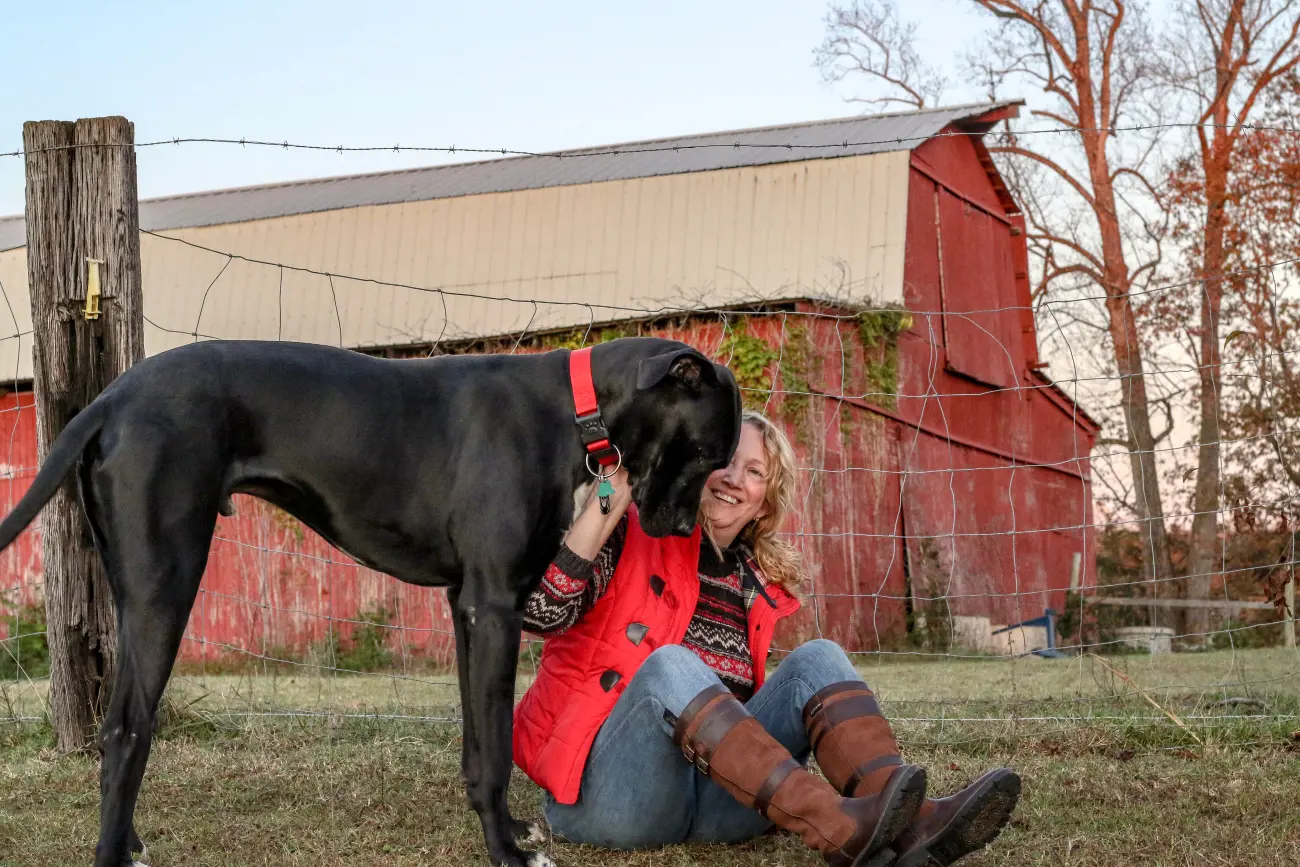
Why do Great Danes bury their heads?
12/03/25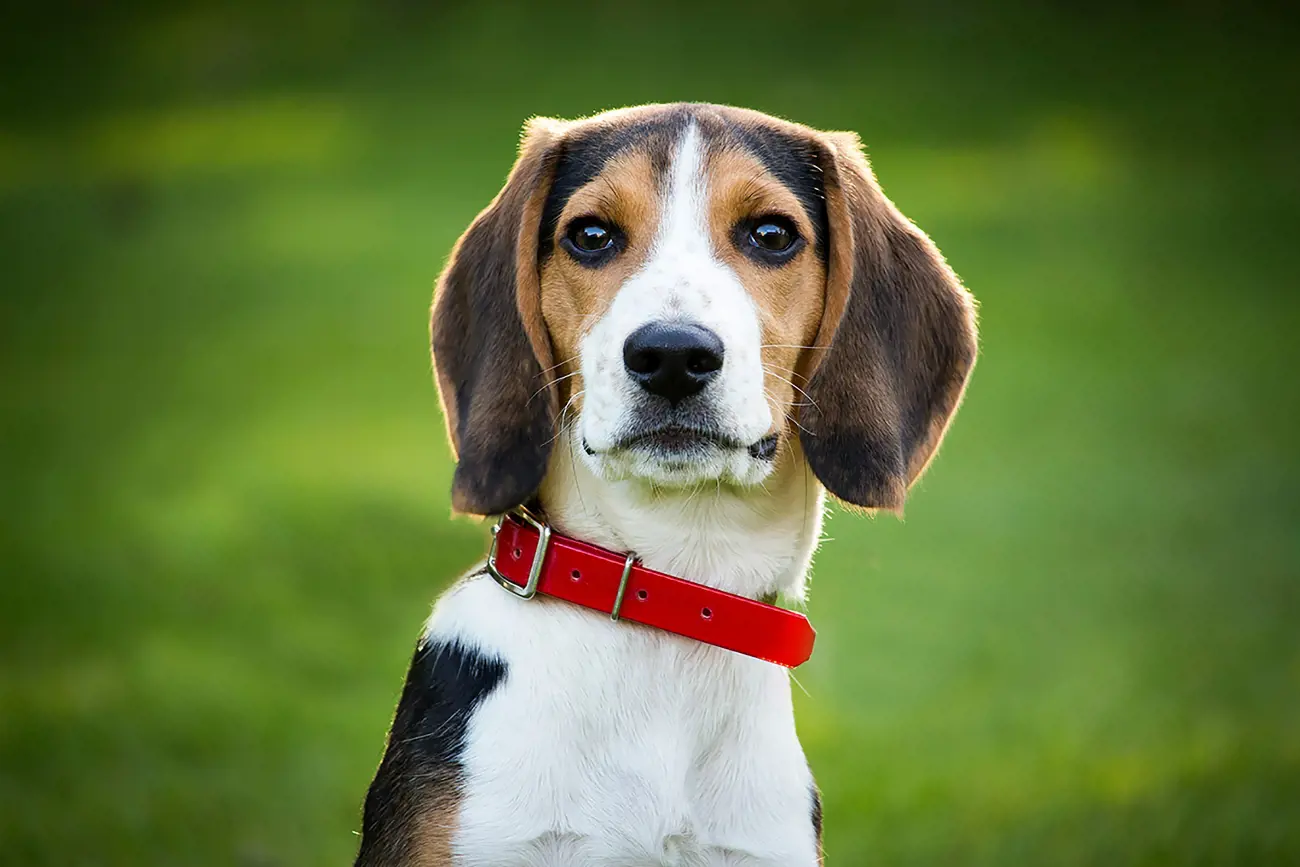
Find out more about Beagles
28/02/25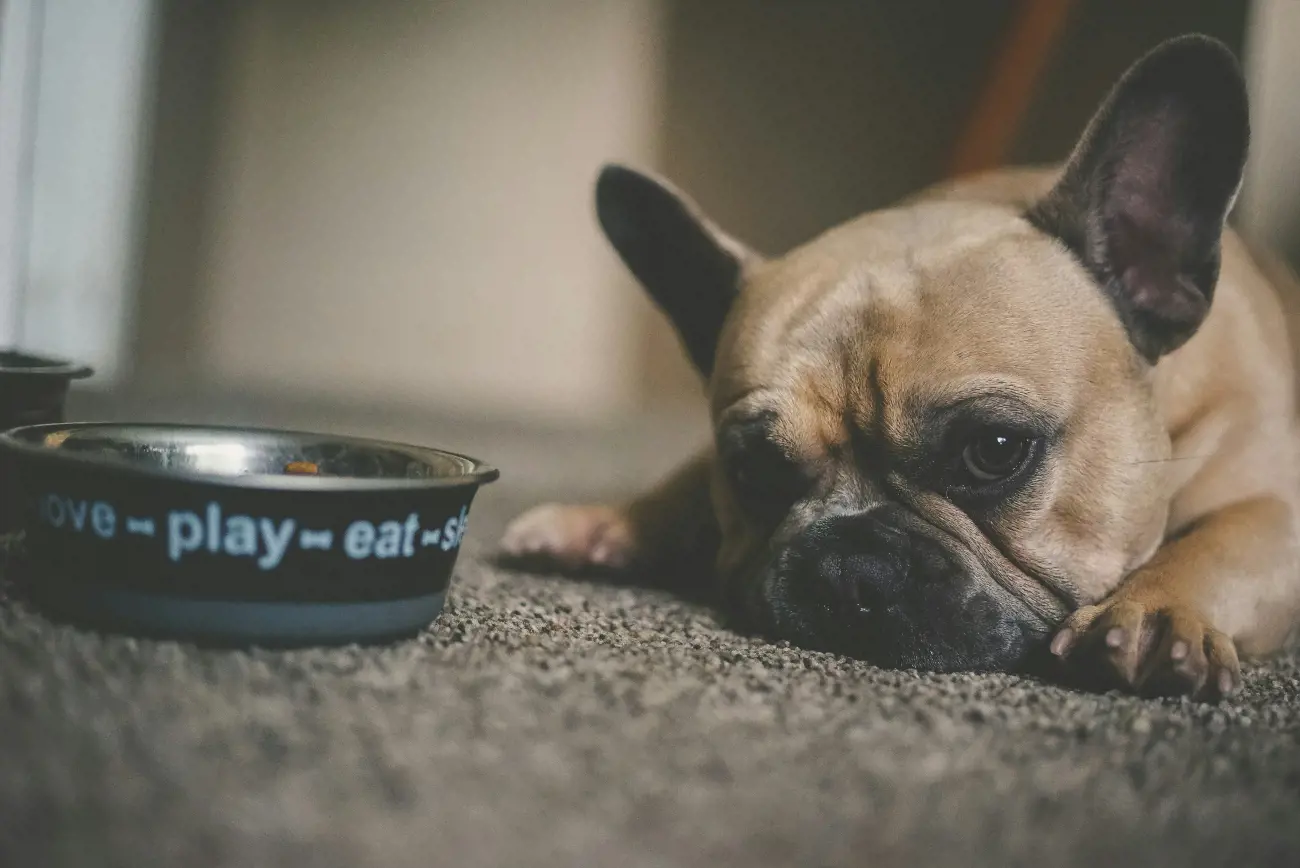
How much chocolate can a dog eat?
28/02/25Pet Insurance Quote
- 98% claims paid *
- Claims paid directly to vets
- 24/7 vet video consultations
- Interest free monthly payments

